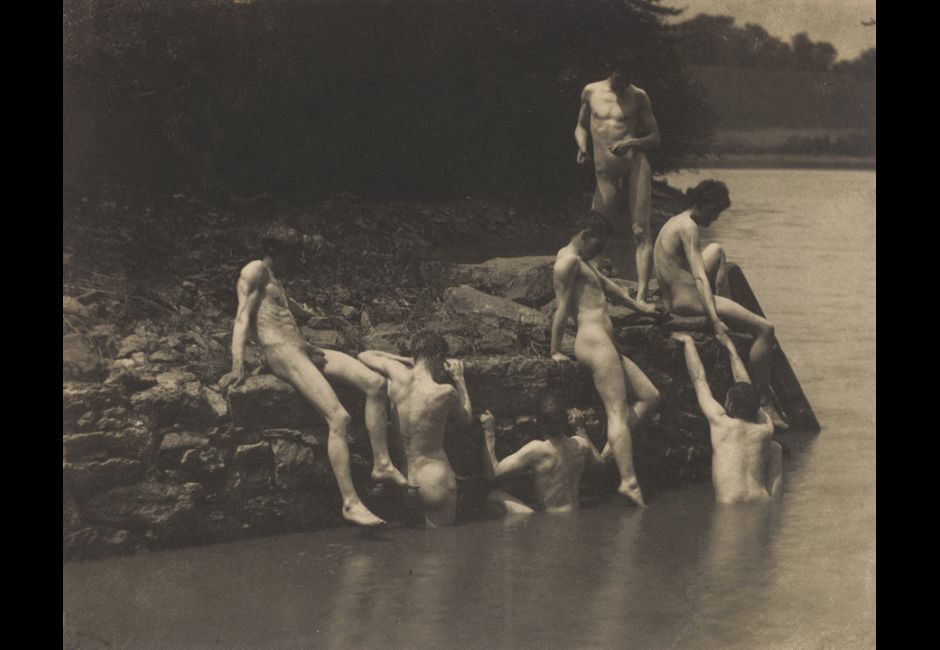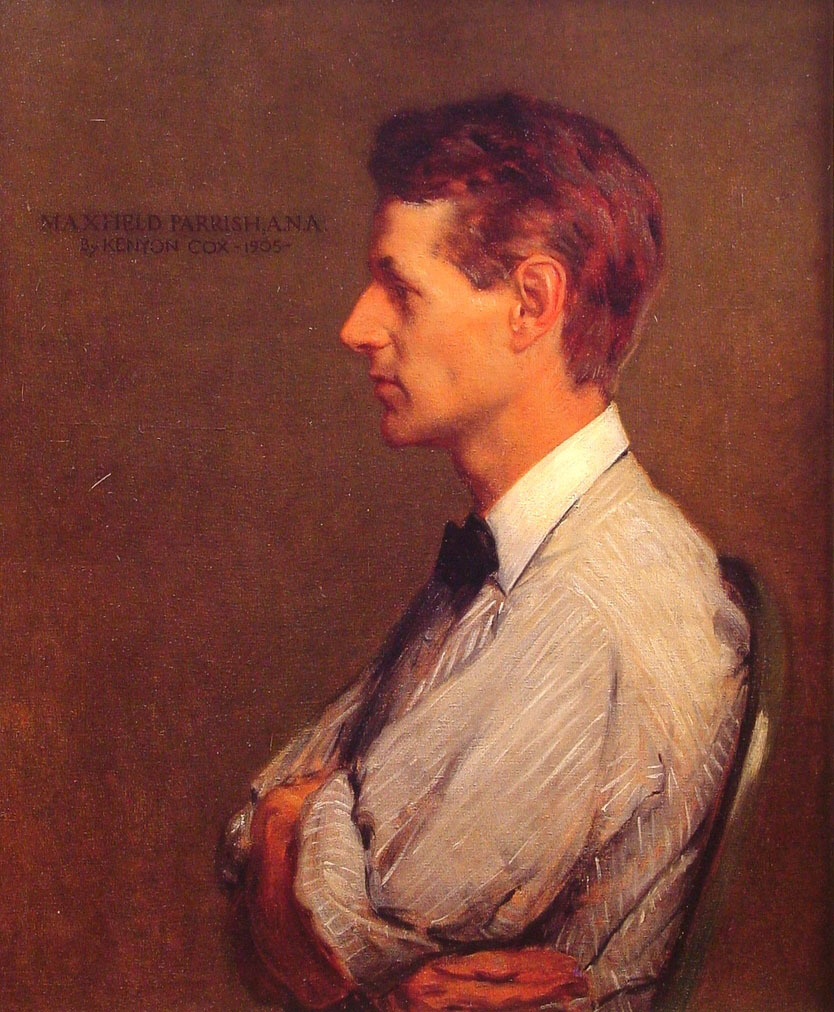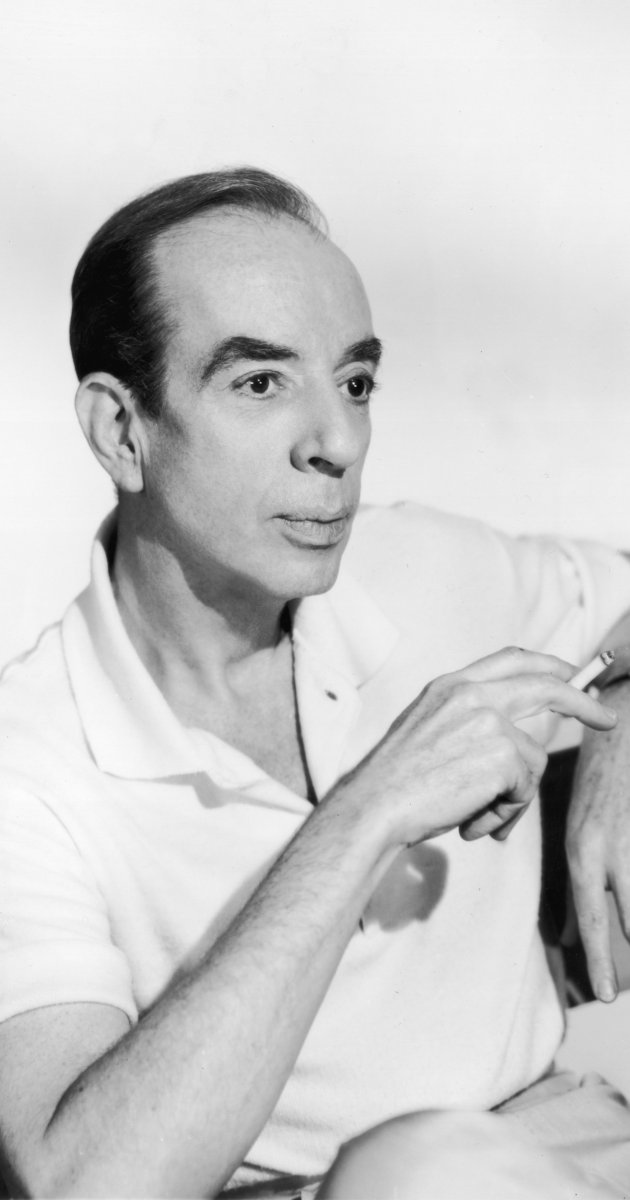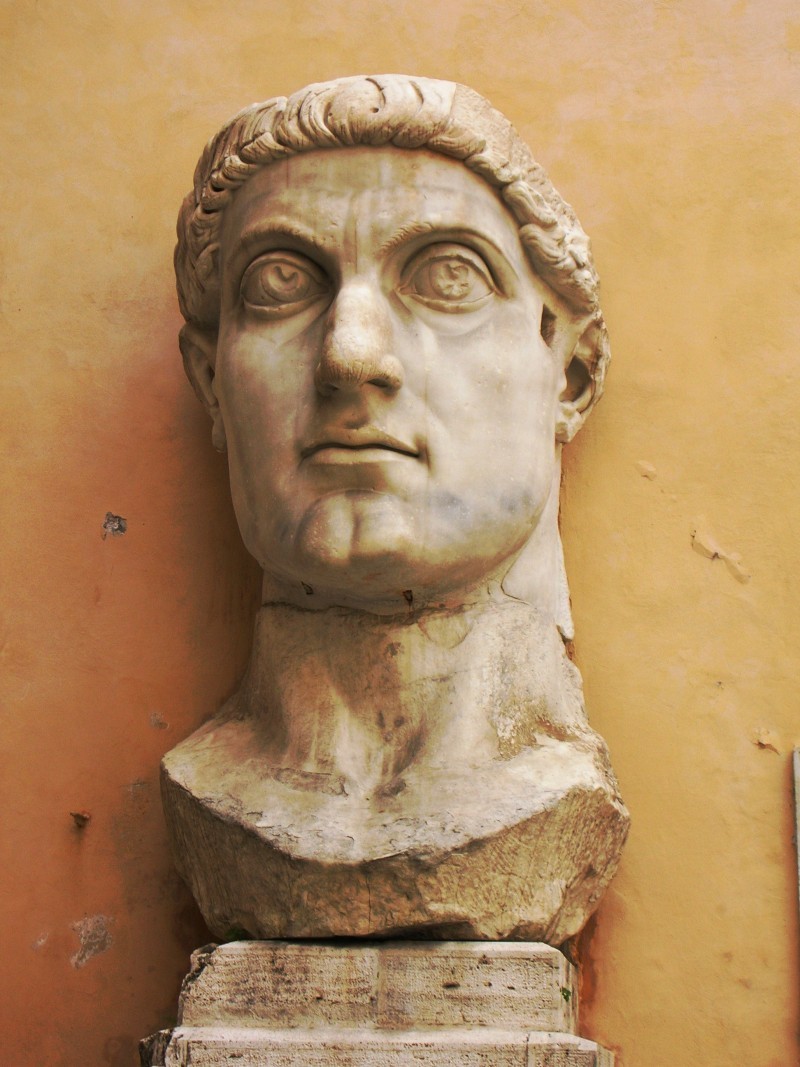|
Gay Wisdom for Daily Living brought to you by White Crane Institute ͏ ͏ ͏ ͏ ͏ ͏ ͏ ͏ ͏ ͏ ͏ ͏ ͏ ͏ ͏ ͏ ͏ ͏ ͏ ͏ ͏ ͏ ͏ ͏ ͏ ͏ ͏ ͏ ͏ ͏ ͏ ͏ ͏ ͏ ͏ ͏ ͏ ͏ ͏ ͏ ͏ ͏ ͏ ͏ ͏ ͏ ͏ ͏ ͏ ͏ ͏ ͏ ͏ ͏ ͏ ͏ ͏ ͏ ͏ ͏ ͏ ͏ ͏ ͏ ͏ ͏ ͏ ͏ ͏ ͏ ͏ ͏ ͏ ͏ ͏ ͏ ͏ ͏ ͏ ͏ ͏ ͏ ͏ ͏ ͏ ͏ ͏ ͏ ͏ ͏ ͏ ͏ ͏ ͏ ͏ ͏ ͏ ͏ ͏ ͏ ͏ ͏ ͏ ͏ ͏ ͏ ͏ ͏ ͏ ͏ ͏ ͏ ͏ ͏ ͏ ͏ ͏ ͏ ͏ ͏ ͏ ͏ ͏ ͏ ͏ ͏ ͏ ͏ ͏ ͏ ͏ ͏ ͏
|
|
||||
| This Day in Gay History | ||||
July 25Born 1844 - THOMAS EAKINS, American artist born (d. 1916) Since the 1990s, Eakins has emerged as a major figure in sexuality studies in art history, for both the homoeroticism of his work and for the complexity of his attitudes toward women. Controversy shaped much of his career as a teacher and as an artist. He insisted on teaching men and women "the same", used nude models in mixed-sex classes, and was accused of abusing female students. Recent scholarship suggests that these controversies were grounded in more than the "puritanical prudery" of his colleagues (as has been assumed). Today, scholars see these controversies as caused by a combination of factors such as the bohemianism of Eakins and his circle (in which students, for example, sometimes modeled in the nude for each other), and Eakins's inclination toward provocative behavior. Next to Michelangelo, there is few other artists whose imagery is as iconic for homoeroticism as Eakins’(see: The Swimming Hole, 1884-5.)
1870 - MAXFIELD PARRISH, American illustrator born (d. 1966) Parrish’s artistic career lasted for more than half a century, and helped shape the Golden Age of illustration and the future of American visual arts. His work is among the most recognizable in modern art. Achieving initial fame with numerous commissions from popular magazines in the 1910s and 1920s including Hearst's, Colliers, and Life he was a favorite of advertisers, including Wanamaker’s, Edison-Mazda Lamps, Fisk Tires, Colgate and Oneida Cutlery. In the 1920s, Parrish turned away from illustration and concentrated on painting for its own sake. Androgynous nudes in fantastical settings were a recurring theme. Parrish himself posed for many images that featured male — and occasionally female — figures. Died 1984 - BIG MAMA THORNTON, American singer died (b. 1926) As an influence over the music and musicians which followed her, her importance cannot be overstated. Her name and legacy will forever remain amongst the very greatest of blues legends. Thornton's mighty voice, take-no-guff attitude, and incendiary stage performances influenced generations of blues and rock singers and carried on the tradition of tough "blues mamas" like Bessie Smith, Memphis Minnie, and Ma Rainey. In 2007, the movie "Hounddog" included various characters, including that of Big Mama, and Elvis Presley, as well as their relevant versions of the song.
1986 - VINCENTE MINNELLI, American film director, died (b. 1903) Judy Garland’s second husband (1945-1952). He directed Meet Me In St. Louis (1944), during which he befriended Garland, the film's star, although it is probable the two had met casually in 1938 when Minnelli did uncredited set designing for The Wizard of Oz, most notably the opulent Emerald City. The two then began a courtship that eventually led to their marriage the following year. Their one child together, Liza Minelli, grew up to become…well, Liza Minnelli! One of the great directors of a golden age in Hollywood, a partial filmography of his thirty-eight films includes: Meet Me in St. Louis (1944); Ziegfield Follies (1946); The Pirate (1948); Father of the Bride (1950)); An American in Paris (1951); Brigadoon (1954); Tea and Sympathy (1956); Gigi (1958); Bells Are Ringing (1960); and On A Clear Day You Can See Forever (1970). Minnelli was born into a family of traveling entertainers. Although his early years were spent on the road learning show business, he settled in Chicago at age sixteen, where he took a job as a window decorator for Marshall Field’s department store. His originality and sharp eye for design details soon led him to the Broadway stage, where he was a successful costume and set designer. Unfortunately, Hollywood was another story, so he was pressured back into the closet when he moved to the west coast. He made the decision to repress his homosexuality by living as a bisexual. Noteworthy 0306 - CONSTANTINE I proclaimed Roman emperor by his troops on this date. Constantine is perhaps best known for being the first Christian Roman Emperor. His reign was a turning point for the Christian Church. In 313 Constantine announced toleration of Christianity in the Edict of Milan, which removed penalties for professing Christianity (under which many had been martyred in previous persecutions of Christians) and returned confiscated Church property. Though a similar edict had been issued in 311 by Galerius, then senior emperor of the Tetrarchy, Constantine's lengthy rule, conversion, and patronage of the Church redefined the status of Christianity in the empire and marked the beginning of the blurring of the lines between Church and state for millennium. In hoc signo vinces (In this sign we conquer) he said…and he wasn’t kidding. His heirs, his three sons, proceeded to eradicate the pagans and their culture. | ||||
|
|8|O|8|O|8|O|8|O|8|O|8|O|8|O|8| Gay Wisdom for Daily Living from White Crane Institute "With the increasing commodification of gay news, views, and culture by powerful corporate interests, having a strong independent voice in our community is all the more important. White Crane is one of the last brave standouts in this bland new world... a triumph over the looming mediocrity of the mainstream Gay world." - Mark Thompson Exploring Gay Wisdom & Culture since 1989! |8|O|8|O|8|O|8|O|8|O|8|O|8|O|8| | ||||
|
|||||
|






